Discover the 9 Fastest-Shrinking Counties in Colorado
Colorado, known for its beautiful landscape of mountains, canyons and rivers is proving to be a popular relocation state. Since 2020, the state has gained almost 18,000 new residents. Residents that leave the state offset the number of people that are moving in. In 2022, 12,145 individuals chose to leave Colorado for other states. Which counties are rapidly shrinking in Colorado? Colorado contains 64 counties ranging from 740,567 inhabitants to a mere 700 residents. We’ll look at which counties experienced the highest population loss, sorted from the most populated to the least populated.
Denver County-A Shrinking County Experiencing Recent Growth
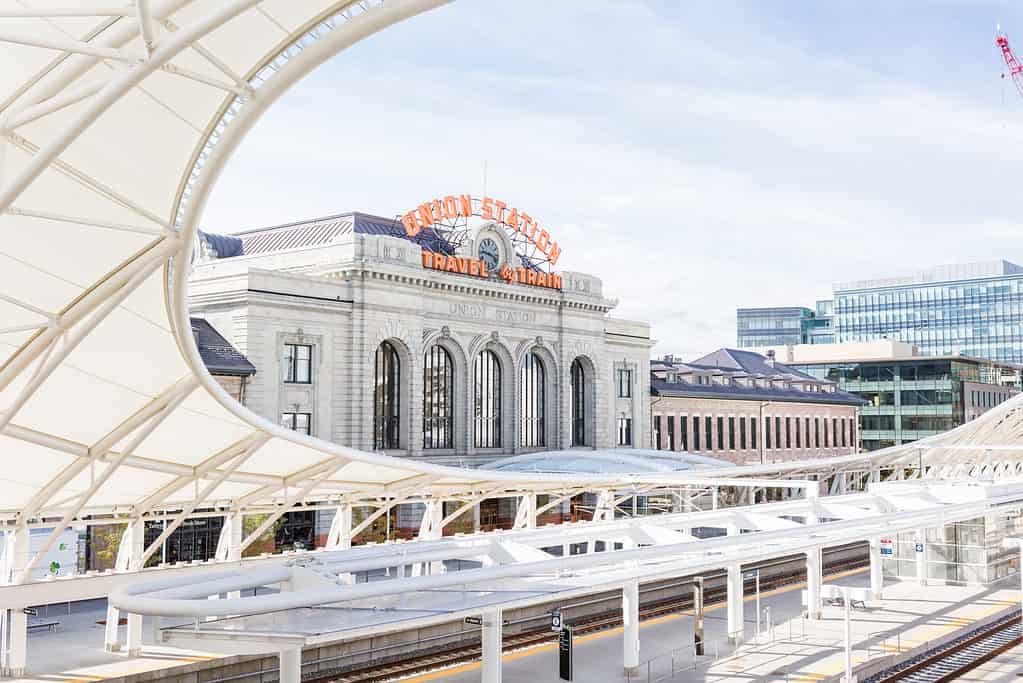
©Arina P Habich/Shutterstock.com
When anyone hears Colorado, the first association is likely Denver. Denver is one of only two counties in Colorado that is both a county and a city; the other is Broomfield. The city has been the subject of at least twenty songs, most recognizably “Rocky Mountain High” by John Denver and “Denver” by Willie Nelson.
More than just parks and outdoor adventure, Denver is making its mark in art, culture, and the brewing world. Robust public transport, a booming economy and quality education have made the county attractive to many. Denver saw a 7.7 percent decrease in residents from 2020 to 2021, to 712,637 residents. Despite this, Denver ranks among the top twenty most populated cities in the United States.
Jefferson County-Fastest-Shrinking in Younger Residents
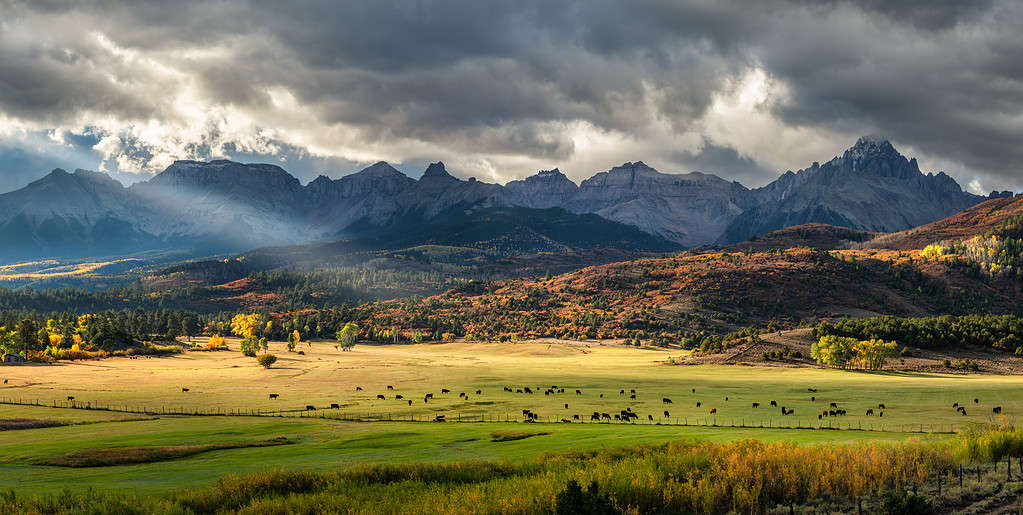
©Craig Zerbe/iStock via Getty Images
Concerning views, Jefferson County is hard to beat. In the foothills of the Rocky Mountains, this county provides residents with incredible outdoor activities. With roots in agriculture and mining, the county has expanded into an industrial and suburban business hotspot. The county population experienced a boom in early 2010 but has declined in recent years. In 2020, 589,928 people called Jefferson County home, but the number decreased to 579,581 just a year later. Perhaps most impactful, 5,246 of those that left were under the age of eighteen. Jeffco, the second-largest school district in the state, has felt the strain. In 2023, the board implemented plans to close two elementary schools due to declining enrollment.
Two other counties, Boulder and Arapahoe, recorded a decline in population from 2020 to 2021. However, the overall population of these counties seemed to be back on an upswing by the 2022 census.
Otero County
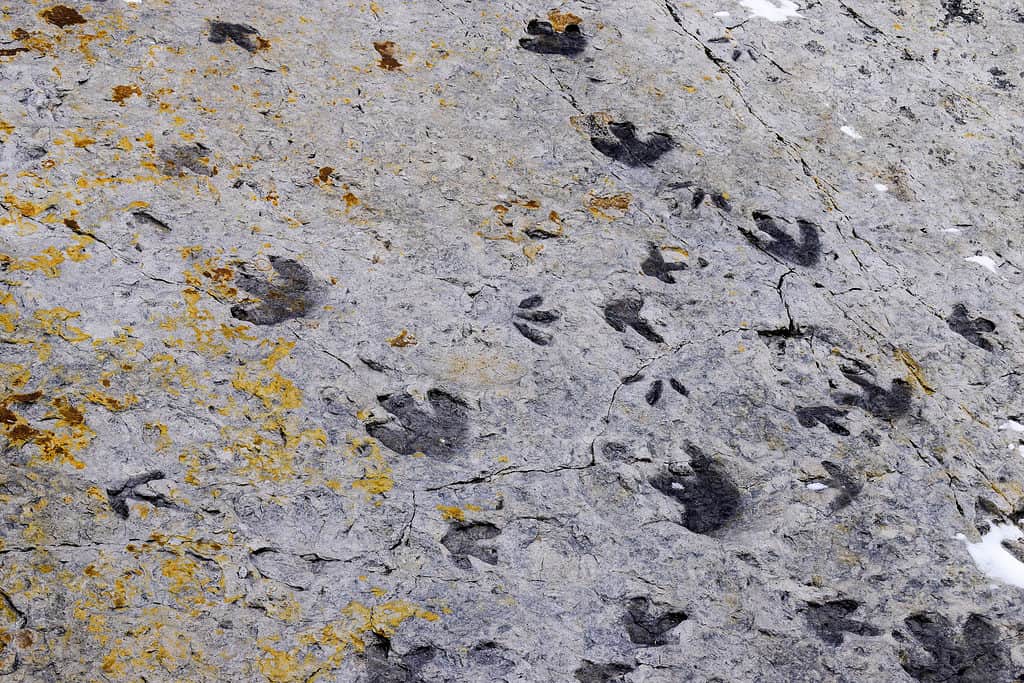
©Danielle Beder/Shutterstock.com
The county seat, La Junta, translates to ‘the junction’ as this county began as a trading post. Today, the county has a diverse economy based on the preservation of history, industry, agriculture, and recreational activities. Otero is home to the Comanche National Grasslands, a 440,000-hectare reclaimed natural grassland reserve. Inside the grasslands, visitors can explore Picket Wire Canyon. This site has contributed significant discoveries to paleontology. In addition to dinosaur skeletons, the grasslands are the site of the largest collection of dinosaur tracks in North America. Over 1,900 prints have been documented.
Otero experienced a population peak in 1998 with 20,845 residents, but has had a decline to a population of 18,303.
Pitkin County- Fastest-Shrinking in Residents, but not Tourists
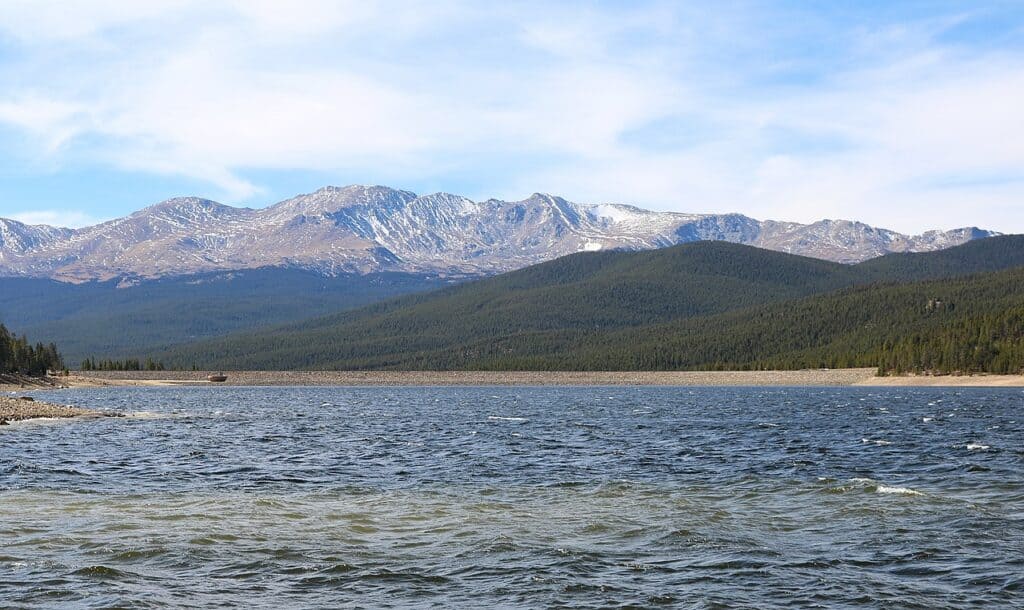
©Jeffrey Beall / CC BY 4.0 – License
Pitkin County welcomed 2018 with an all-time high population of 18,066, but by 2021, that number had declined to 16,876. While Pitkin County contains four world-class ski resorts, the tourists and vacationers haven’t translated to permanent residents. With plenty of hiking, festivals, and historical appreciation of its start as a silver mining town, Pitkin County remains an in-demand vacation spot. Tourists find a variety of lodging, two restaurants, locally run gift shops, and rental services available downtown.
Las Animas County
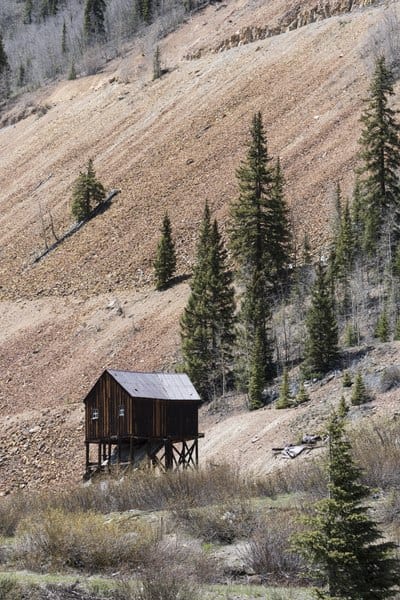
©Carol M. Highsmith / Public domain – License
Located in the southeastern portion of Colorado, Las Animas County is home to well-preserved relics of the historic Santa Fe Trail. Boggsville and Bents Old Fort are open for tourists to see American settler history in the present day. Bents Old Fort began as a trading post with the Southern Cheyenne and Arapaho Plains Indians. Boggsville is a perfect example of a successful pioneer town. Boasting a general store and a post office, Boggsville was a heavily populated town of approximately two hundred residents during it’s peak.
Of 15,775 residents in 2009, the county shrunk to only 14,633 by 2021.
Kit Carson County
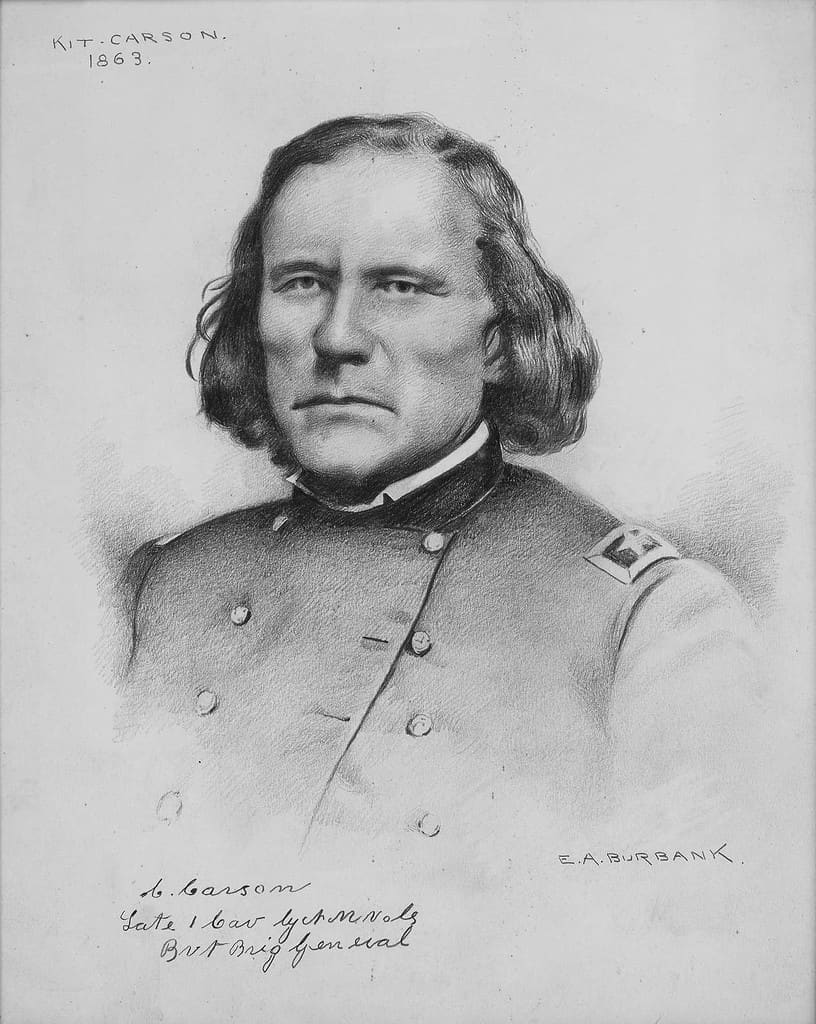
©Elbridge Ayer Burbank / Public domain – License
Housing 8,223 residents in 2013, Kit Carson County has declined to only 6,950 in 2021. The county is named after Christopher ‘Kit’ Carson, the famous yet controversial character of American plains life. Carson was an officer in the U.S. Army, reportedly spoke several languages, and was a Rocky Mountain fur trapper. However, Carson was also active in the campaign to remove the native Navajo natives to an established reservation. Due to his position in the Army, Carson complied with his orders despite his personal reservations. His legacy and history remain important focal points for the county today. Preserved in a Union Railroad Depot, the Kit Carson Museum showcases artifacts from the early settler days among the plains.
Baca County
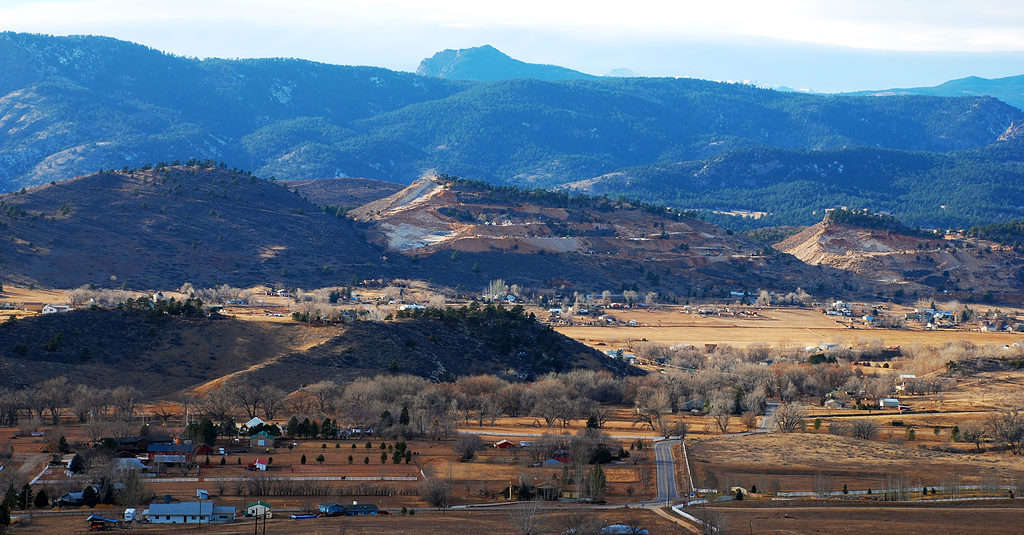
©Ann Cantelow/Shutterstock.com
Baca County is home to just 3,514 residents, a decline from 3807 just ten years ago. Sharing borders with Kansas, New Mexico, and Oklahoma, the county offers an variety of camping, hiking, and historical sites. Las Animas is one of Colorado’s fastest-shrinking counties due to water supply issues after the county suffered widespread water main failures, leaving residents without quality water supply.
Cheyenne County
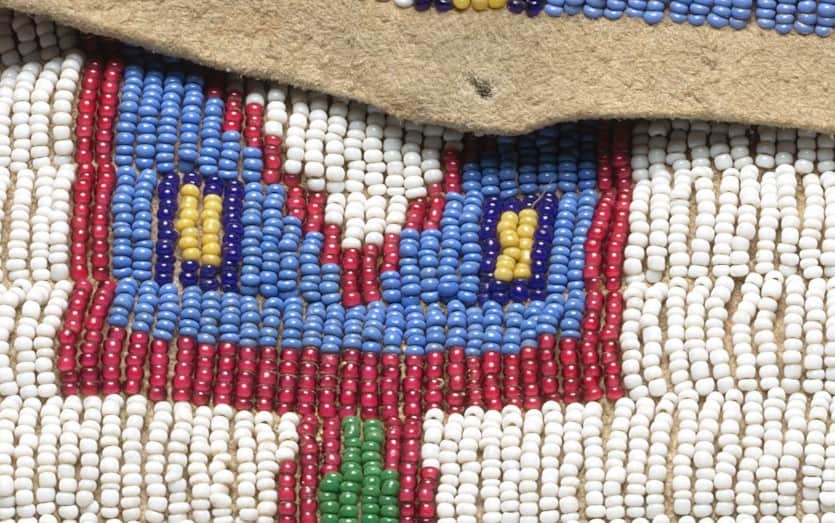
©835 × 523 pixels, file size: 1,004 KB, MIME type: image/png – License
A population shift of 2,450 in 1998 to just 1,707 in 2021 proves Cheyenne is one of the fastest-shrinking counties in Colorado. Located in the eastern plains of Colorado, Cheyenne maintains its historical heritage through the preservation of the Old Cheyenne County Jail.
Cheyenne County is also home to the Sand Creek Massacre Historical Site. In 1864, Colonel Chivington, along with other members of the volunteer military, murdered 230 Cheyenne and Arapaho natives as they negotiated with the U.S. government over land ownership. Evidently, Chivington was not given orders to undertake this action or even to leave his post in Denver. Today, the site of this tragedy is protected and preserved. The exact location of the massacre is sacred to the Cheyenne and Arapaho natives and cannot be walked on by visitors. However, visitors can walk designated trails and view informational plaques surrounding the site that are open to the public.
Hinsdale County-Fastest-Shrinking Population Meets High Conservation

©iStock.com/Adam-Springer
With just 808 residents in 2020 that declined to 781 by 2021, Hinsdale County is the second-least populated county in Colorado. While a loss of only twenty-seven residents may seem minor, when the county population is this small, it has an impact. Hinsdale, however, may be on the fastest-shrinking counties in Colorado list for an unexpected reason. The lack of residents may be attributed to the county’s density of preserved natural lands. With a land mass of 1,117 miles, Hinsdale is crossed by the Continental Divide twice, home to several national forests, and contains the Weminuche Wilderness Area, a preserve maintained by the United States Forest Service.
It’s important to note that population changes across the United States frequently. States and cities alike experience both increases and decreases in population, and as shown here, ten years can impact the general population of any area. While these counties may be shrinking today, tomorrow they could easily experience population growth. If you’re interested in learning about the Colorado counties that are experiencing a growth in population, don’t miss our post here!
| Denver | Population 712,637 |
| Jefferson | Population 579,581 |
| Otero | Population 18,303 |
| Pitkin | Population 16,876 |
| Las Animas | Population 14,633 |
| Kit Carson | Population 6,950 |
| Baca | Population 3,514 |
| Cheyenne | Population 1,707 |
| Hinsdale | Population 781 |









